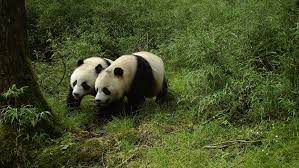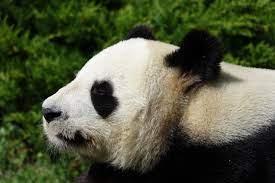According to Xi Jinping, low-carbon ambitions must not interfere with modern day life! If this is true, then we are unlikely to get the cuts that we need.
Now, it is not unreasonable for a country to want to raise its standard of living. However, China is likely to be hit very hard by climate change. While you do not think of China as a low lying country like Bangladesh, 67,000 square km (about 26,000 square miles) lie 1m or less above sea level – and 67 million people live in this area. It is true that this only accounts for about 5% of Chinas population but given how crowded this country already is, this is likely to cause a lot of issues. More to the point Shanghai is only between 3m and 5m above sea level,
Around the world about 600 million people live close to the sea. Of course we understand that each country must look after its own citizens – but that includes protecting them from global warming. China currently accounts for 26% of global emissions, and the rest of the world cannot cut enough to make their emissions irrelevant.
Now, it is entirely true that the president may be trying to keep his own population on side, but we need the whole world to work on this problem. China accounts for 15% of the worlds GDP, then can not take a back seat.















